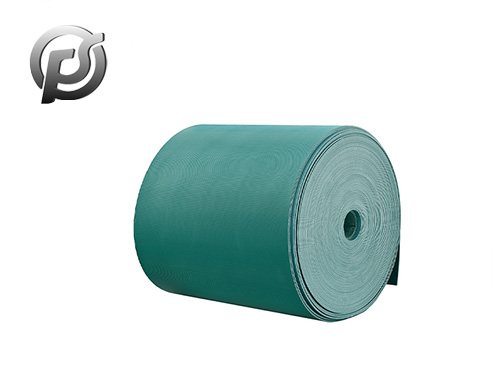Urethane rollers is a coil core commonly used in offset printing, printing, coating, compounding and other industries. Urethane rubber-covered rollers are very common products, but the actual effect is very different. The same urethane rubber-coated rollers have very different service life. The reason for this is not only the raw materials, but also the details in the manufacturing.
First of all, the urethane rollers designs the core barrel of the appropriate size according to the customer's needs, and selects the appropriate material.
Secondly, the urethane raw material is added into the mold after the core barrel is prepared, and the raw material is hardened into urethane by heating and reacting at a high temperature.
Then, the urethane is fused on the surface of the core barrel. The process of urethane rollers lagging seems simple, but in fact every detail will affect the use effect. During the cold treatment of urethane lagging, the rubber on the surface of the drum should be shoveled off first, and the surface should be polished with an angle grinder. Grinding wheels or fiber grinding discs can be used for grinding. Use a cleaning agent to clean the polished metal surface of the drum and check for unpolished areas. Due to its strong activity, urethane encapsulation has good bonding properties to materials, and has good cohesiveness and sealing.
When installing urethane rubber pads, blankets and printing plates on urethane rollers, wipe the surface of the rollers clean. Once the liner is damaged or wrinkled, it should be replaced in time to prevent the wetting fluid from penetrating and adhering to it. After each printing, it should be cleaned in time, and the surface of the cylinder and its two ends should be wiped clean. If the machine is not used for a long time, wipe the surface of the urethane rollers with engine oil or spray anti-rust oil. In production, the corrosion and rust conditions of the drum can be reduced and avoided, and the rust of the drum can be effectively controlled.
It should be noted that the process precision requirements for making urethane rollers are relatively high, and the reaction temperature and reaction time of different materials are also different, which need to be adjusted according to specific conditions. Therefore, professional manufacturers need to have rich experience and technology, and constantly optimize the process to ensure the production of high-quality urethane rollers.
 Optimizing Operations with PE Conveyor Belts: Durability, Efficiency, and Versatility
Optimizing Operations with PE Conveyor Belts: Durability, Efficiency, and Versatility
 Exploring the Efficiency and Versatility of Light Conveyor Belts
Exploring the Efficiency and Versatility of Light Conveyor Belts
 Polyester Conveyor Belts: Enhancing Efficiency and Reliability in Material Handling
Polyester Conveyor Belts: Enhancing Efficiency and Reliability in Material Handling